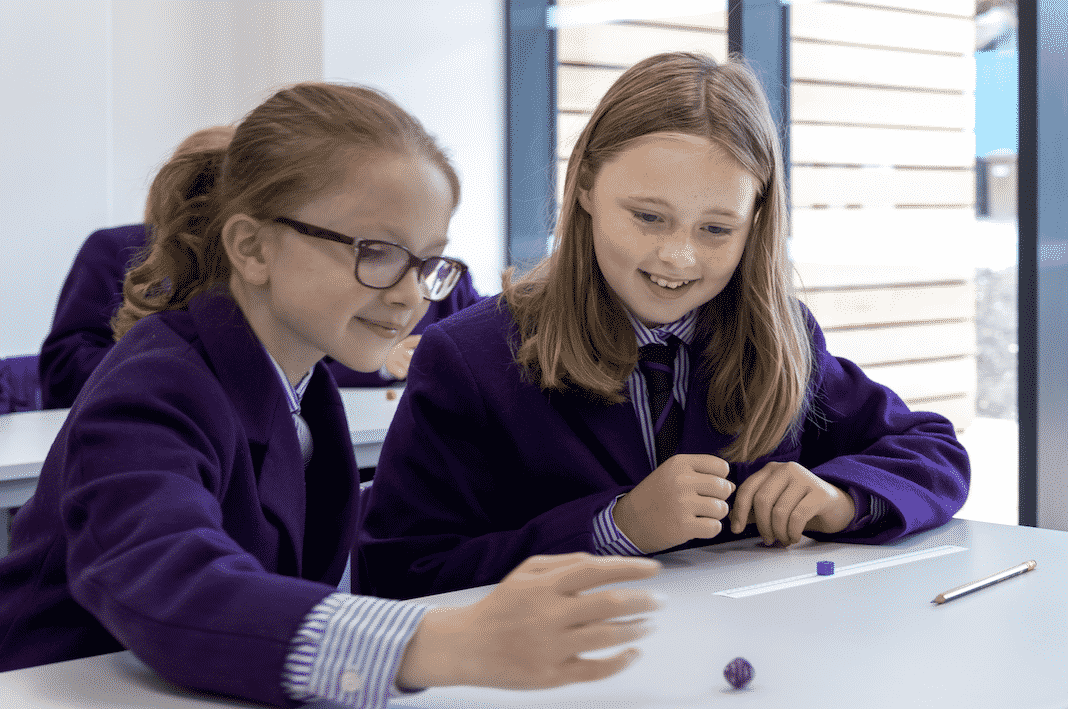Jon Gray, Headmaster of York House School, discusses how we inspire our young people to see the big picture by playing their part both locally and globally
Rewind a couple of decades and there was far less emphasis on children’s need to become global citizens – whilst overseas travel was not rare, it certainly felt like a real adventure. Children today travel (at least, before the pandemic they did) easily and inexpensively to a much greater range of nations. It’s sometimes hard to believe that not so very long ago, communication with those overseas, meant talking over the phone and writing letters.
Tech devices and the internet mean that children are able to gain instant access to resources, so building greater understanding of the world around us is easier. The curriculum, of course, still features knowledge of the world, especially in subjects like geography and science where topics such as the environment are thankfully centre stage. Children learn about the co2 emissions of various large nations and may well be conversant with important themes such as the Paris Agreement. Seeing individuals, including Greta Thunberg, plays a part in their geopolitical landscape, making them feel they are part of the story.

It is important that this admirably broad canvas still attracts brush strokes from the children viewing it. They may not be able to do anything directly about emissions in another country, but they almost certainly can plant new trees in their gardens at home or on their school site. We can hope to have a positive impact on this front by educating pupils to leave people and places better than they find them. The expectations of local communities from institutions (including schools) and their leaders have never been higher. Schools are looked upon to provide reassurance and guidance to the wider community, especially during difficult times.
York House was fortunate to have the opportunity to host a TED Talk linked to the theme of thinking globally and acting locally, which was both interesting and a vehicle upon which to act. Encouraging the school council to engage with communities, sending older pupils to assist in local primaries or help out with practical support such as litter picking all help to give something back. Going into the first lockdown, we wrote to all of the neighbours of the school saying that we were here to help them if they were scared or alone or simply needed practical help with shopping or a broken lightbulb. This kind of gesture costs next to nothing financially but provided great value at a time when people really needed to feel supported.
“They may not be able to do anything about emissions in another country, but children can certainly plant new trees in their gardens or on their school site”
Children are changing the way they think about their local area. Something that comes across strongly through the lens of sustainability is the importance of “Doing No Harm.” That is immediately related to the environment, but it also goes to areas of vexation such as traffic and the aesthetic landscape. There is no doubt that over the last year schools have had all too much interaction with global problems. These are complex, rapidly evolving issues with no template to work from to find a solution. The pace of change doesn’t lessen either and that makes it vital for schools to recognise that standing still is actually falling behind. In the future, schools, alongside other organisations, will face much greater demands to be part of the solution – globally and locally – and the paradigm of how to respond is key. As Shackleton said, “Difficulties are only something to overcome, after all”.
York House School york-house.com
Further reading: Habs Girls on the rise of climate anxiety
You may also like...






























